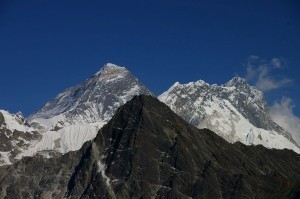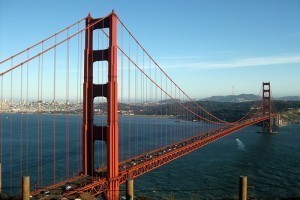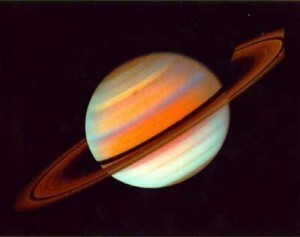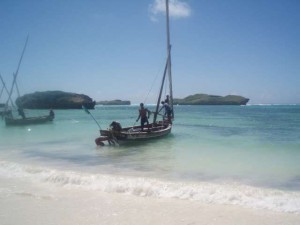What is the size of Hawaii?
The land area size of Hawaii is 10,931 sq mi or 28,311 sq km. Its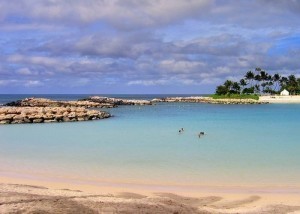 width is 1,422 miles (equal to 2,450 km).
width is 1,422 miles (equal to 2,450 km).
Geographical Information
41.2% of Hawaii’s area is water. The latitude is 18 degrees, 55’ N to 28 degrees, 27’ N. The longitude is 154 degrees, 48’ W to 178 degrees, 22’ W. Hawaii’s highest elevation point is Mauna Kea at 13,796 ft (4,205 m).
If the base of the mountain is employed, it will reach 33,500 ft (10,200 m), taller than Mt. Everest. The lowest point is the Pacific Ocean at 0 ft (0 m). The mean is 3,035 ft (925 m).
Population Size
As of 2005, the population of Hawaii was estimated to be 1,275,194. It has increased by 5% since the year 2000. The following is an overview of the historical growth and size of Hawaii’s population.
In 1900, it was 154,001 and then increased to 191,874 in 1910.
During the 1920s the population figure was 255,881; in 1930 the figure was 368,300 and in 1940, it was 422,770. The 1950 population figure was 499,794 and in 1960 it was 632,772.
In 1970 Hawaii’s population was 769,913; the figure increased to 964,691 in 1980. By 1990 it had breached the 1 million mark (1,108,229) and by the year 2000 the figure was 1,211,538.
Demographics
27% of the population are comprised of white Americans (24% non Hispanic); African Americans made up 2.4% and 0.2% of the population are American Indians. Asian Americans comprised 38.7% of the population while Pacific Islanders made up 9%.
A 2008 study on the size of Hawaii’s population revealed 175,000 were Filipino Americans. Over 110,000 were American Japanese.
In terms of ancestry, Filipinos made up 13.8% followed by the Japanese at 12%. Next is the Polynesian at 9%, German (7%), Irish (5%) and English 4%. The rest are made up of Chinese, African, Italian, Mexican, French and other ancestry groups.
The Major Islands
Hawaii (also known as the Big Island) measures 4028 sq mi (10,432 sq km). It has an elevation of 13,796 ft (equal to 4,025 m). Next is Maui, which measures 727.2 sq mi (1,883 sq km). The elevation is 10,023 ft (or 3,055 m).
Kaho’olawe measures 44.6 sq mi (115.5 sq km) with an elevation of 1,483 ft (452 m). Lana’I’ area is 140.5 sq mi (363.9 sq km) with a height of 3,666 ft (1,028 m).
When analyzing the size of Hawaii’s islands, Moloka’i must be mentioned. It is 260 sq mi (or 673 sq km). The elevation is 4,961 ft (1,512 m). O’ahu has an area of 596.7 sq mi (equivalent to 1,545 sq km). The elevation is 4,003 ft (1,220 m). Kaua’i has an area measuring 552.3 sq mi (180 sq km). The elevation is 5,243 ft (1,598 m).
Climate
During the summer, temperatures can reach up to 80 F (30 C). In the evening the temperature could fall to 70 F. Snow has also been reported at Mauna Loa in the Big Island. Mount Wai’ale’ale is noted for its rain. The rainfall averages 480 inches per year.
Assessing the size of Hawaii can be an interesting exercise. But for the people there, it’s not the dimensions that matter, but the surroundings.

